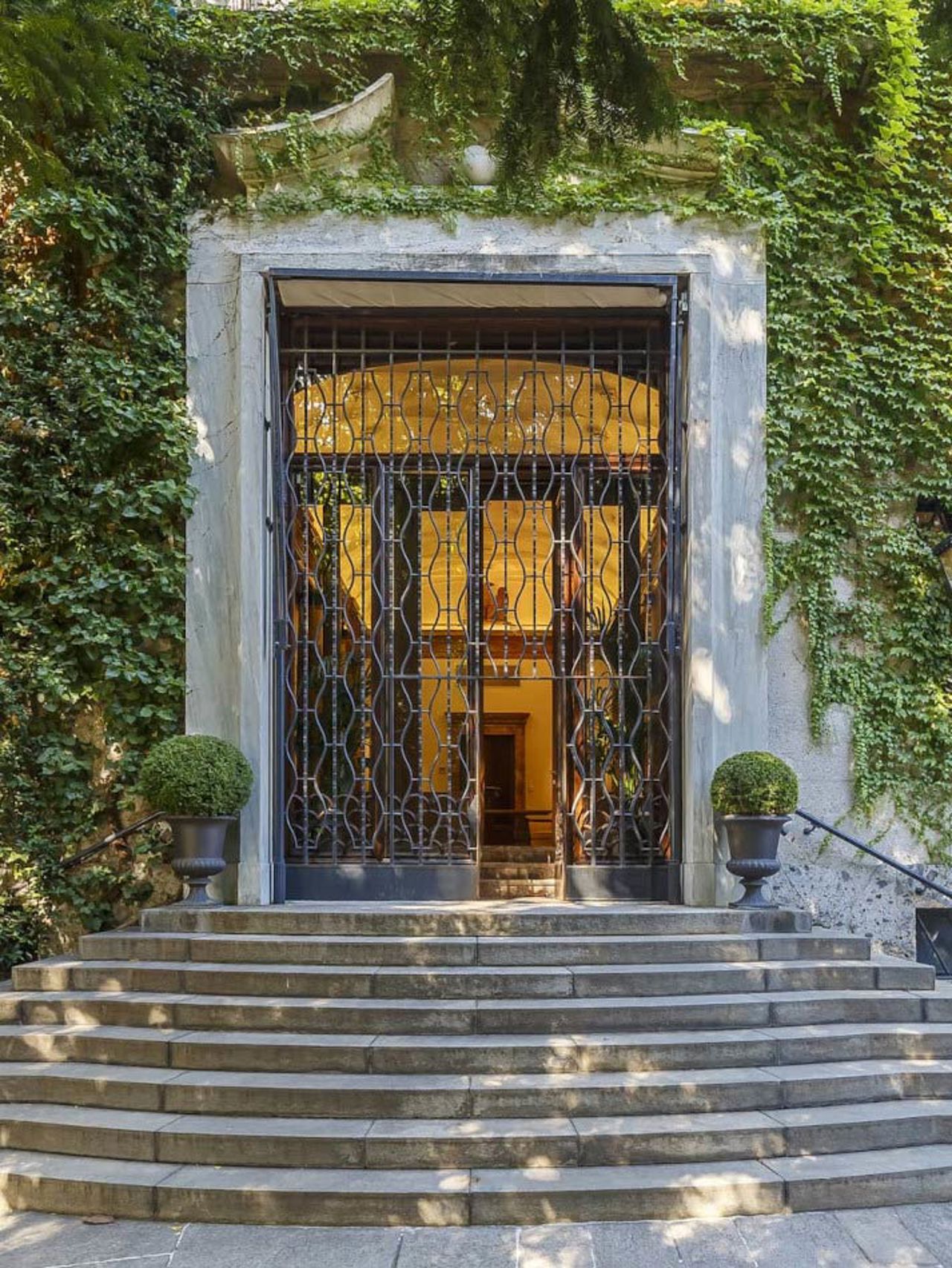The Quadrilatero del Silenzio in Milan
Framed by Corso Venezia, Via Mozart, Via Vivaio and Via Serbelloni, the Quadrilatero del Silenzio is just around the corner from NEMI.
Thus dubbed for its quiet, secluded mood, the district is a genuine architectural gem, a remarkable blend of history, elegance and eccentricity in a highly evocative setting. Strolling along, you’ll be enchanted by the beauty of its Liberty and Art Nouveau avenues, testaments to a time when the Milan bourgeoisie commissioned sumptuous residences in the late 19th and early 20th centuries.
One of the finest examples is Villa Necchi Campiglio, designed by Piero Portaluppi, a masterpiece of Italian architecture and now a historic house museum.












